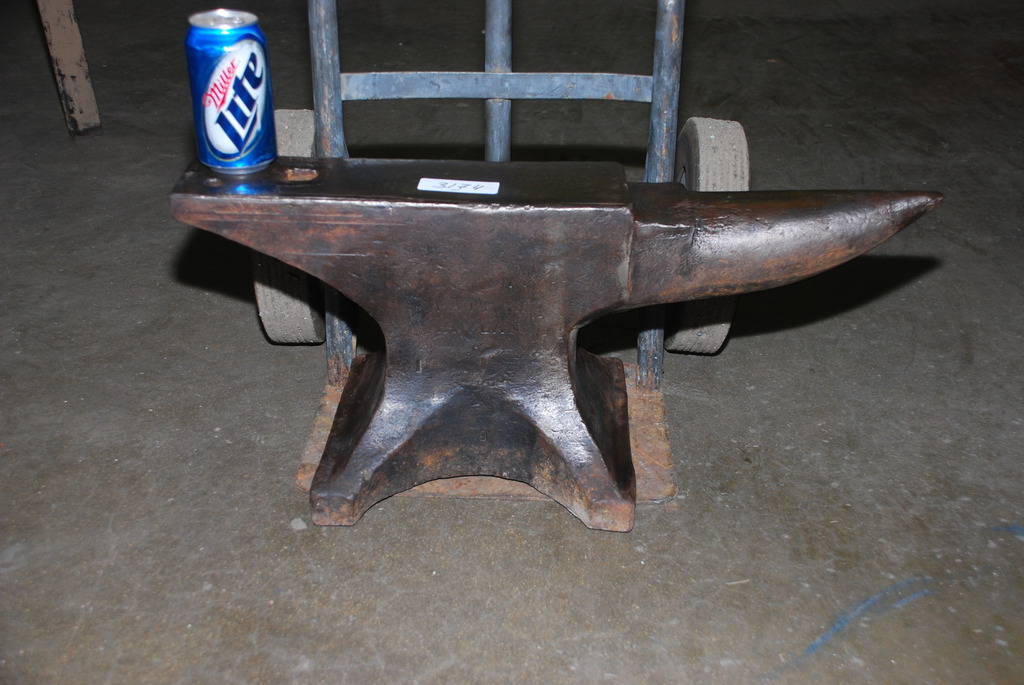

The weight of your anvil will normally be stamped onto the side of it. Although if you’re a beginner blacksmith, this probably isn’t something you need to be worried about right away. Hardy holes didn’t used to be standardized and could vary in size. If you’ve got a hardy tool, you can check to see that it fits in the hardy hole without too much movement. You might be able to find an actual blacksmithing (or forging) anvil, although these are less common than farrier anvils. That way you’ve got a solid flat surface to work on, a horn to shape rounded work, as well as a hardy hole and pritchel hole. You could be able to get away with a 55 lb anvil, but it gives you a lot smaller of a surface area to work with.Ī farrier or German-style anvil is probably best if you have a choice of different styles. Really anything you can find between 100 and 300 pounds is pretty good. That means you’ll probably end up paying around $450 to $900 for a quality anvil. How much should it weigh, and what style should I get?ġ50 pounds is a good weight for an anvil.

If an anvil has been used to cold hammer horseshoes in the past, there will normally be a flattened area near the rear of the horn. The horn of your anvil should be smooth and tapered, not flattened or distorted in any way. If it doesn’t bounce back very well, that means you’ll be using a lot more force and muscle to shape your work. When it bounces, you should be able to catch it. Drop the ball bearing from about a foot and a half above the anvil’s face. When you go to take a look at the anvil, bring a ball bearing along in your pocket to test it. If there are only a few you can work around them, but it decreases your convenience and therefore the value of the anvil. Every time you hit your work over these spots, it will stamp those marks into your metal. You want to look out for deep grooves or cracks in the anvil’s face. The same goes for the face or the top surface of the anvil. Remember, some anvils are 100 years old so a little wear and tear is okay.įace. You’ll still be able to work with an anvil that’s got chipped edges, but it reduces its value and means you should be able to haggle the price down a bit. When you go to buy your anvil, inspect the edges for chips. How can I tell if I’m getting my money’s worth?īut what makes a good anvil, and what factors should you consider when looking at the price? Here are some factors that will affect anvil cost.Įdges. If you find a quality anvil for $1 or $2 per pound still, that’s a bargain.īuying a brand new anvil will cost slightly more, usually $7 to $9 per pound. What does a good anvil cost? If you can get an anvil for $3 to $6 per pound, you’re getting a fair deal. 5 Related Questions How Much Should I Pay For An Anvil?


 0 kommentar(er)
0 kommentar(er)
